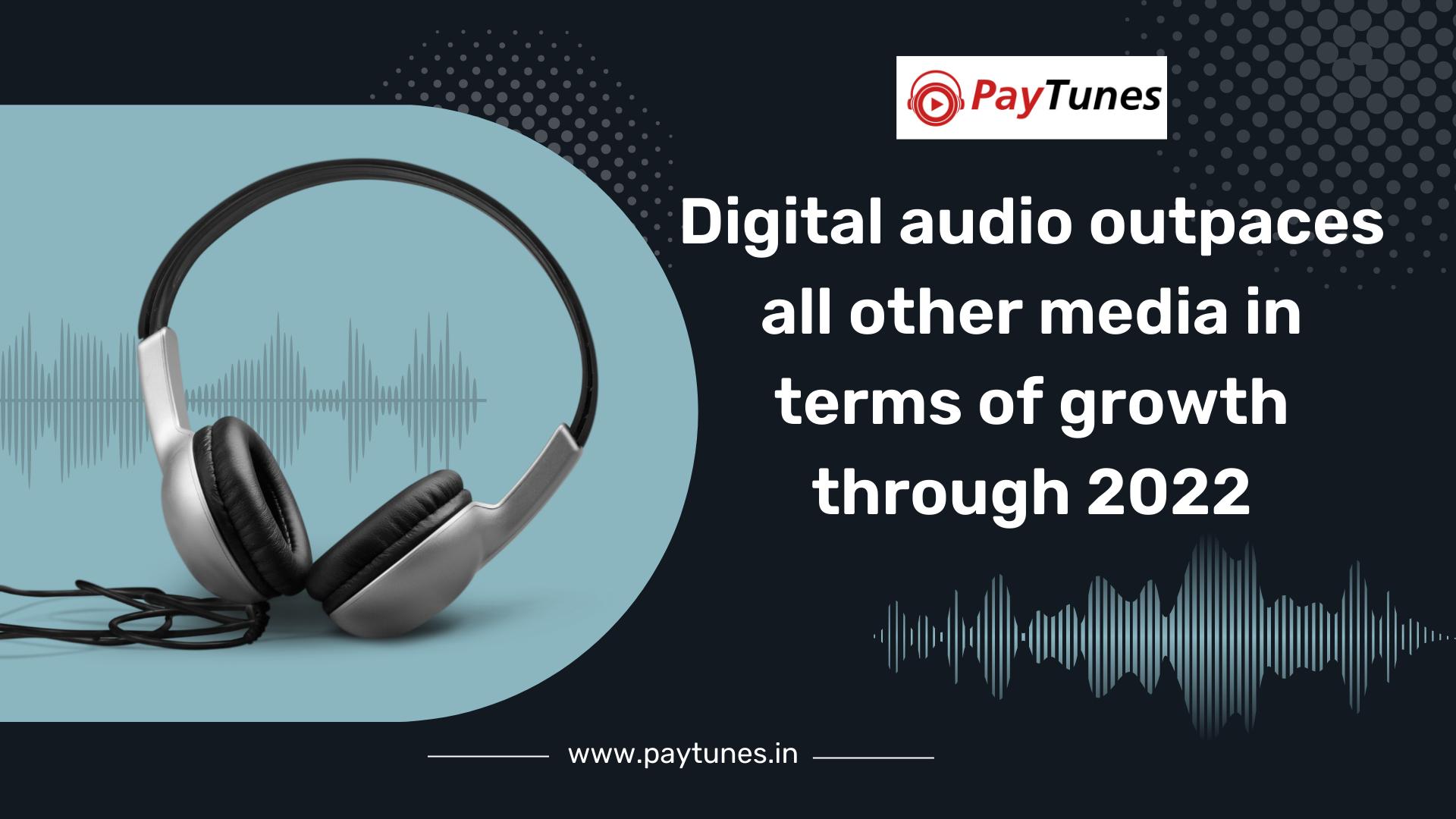The world of media is evolving at an incredible rate. As digital technology continues to advance, traditional forms such as television, radio and print must adapt to new trends and consumer behavior. One trend that has emerged recently is the growing popularity of digital audio - predicted to outpace all other media forms by 2022 in terms of growth. In this article we'll look into why this development has occurred and what it means for media's future.
Digital audio refers to any form of audio content distributed over the internet. This includes music streaming services like Spotify and Apple Music, podcasts, and audiobooks. Over the past few years, digital audio ads has seen tremendous growth in popularity with more consumers turning towards these platforms for their audio needs. According to eMarketer's forecasts, Americans who listen to digital audio are expected to reach 212 million by 2023, up from 191 million in 2021.
Why is digital audio advertising growing so rapidly? One reason is convenience. Thanks to smartphones and other mobile devices, consumers are now able to access digital audio content from anywhere at any time - whether that be while commuting to work, exercising, or doing household tasks. Plus, many platforms provide personalized recommendations based on a user's listening habits, making it effortless for consumers to discover new material they might enjoy.
Another factor driving digital audio growth is the proliferation of smart speakers such as Amazon Echo and Google Home, which make it simple for consumers to access digital audio content without needing a smartphone or other gadget. Users simply ask their speaker to play their desired music or podcast, creating an effortless hands-free experience.

Digital audio platforms offer convenience, as well as access to a vast library of content for listeners across different genres. Music streaming services give listeners access to millions of songs across various genres, while podcasts cover everything from news and politics to true crime and pop culture. Audiobooks are becoming increasingly popular too, with many consumers preferring to listen rather than read their books.
From a business perspective, digital audio offers several advantages over traditional forms of media. For instance, advertising on these platforms is highly targeted and allows businesses to reach specific audiences based on demographics and listening habits. Furthermore, many digital audio platforms provide data and analytics which allow businesses to monitor the success of their advertising campaigns.
What does the future hold for digital audio? With the proliferation of mobile devices and smart speakers, it appears likely that digital audio will continue to gain in popularity in the years ahead. Some experts even predict that it may eventually surpass traditional forms of media like television or radio in terms of popularity.
One area where digital audio is expected to experience rapid growth is voice technology. As voice assistants such as Alexa and Siri become more sophisticated, consumers will have the ability to utilize them more directly with digital audio content. For instance, users could ask their smart speaker to play a particular song or podcast episode, or even control playback using voice commands.
Another area where digital audio is expected to experience growth is podcasts. Podcasts have already become a major force in the media landscape, with millions of listeners tuning in weekly to their favorite shows. As more and more people discover the convenience and variety of podcasts, it appears likely that this medium will continue its meteoric rise in popularity.
In 2022, digital audio is predicted to surpass all other forms of media in terms of growth. Offering convenience, variety and personalization, digital audio offers a compelling alternative to traditional music formats.
